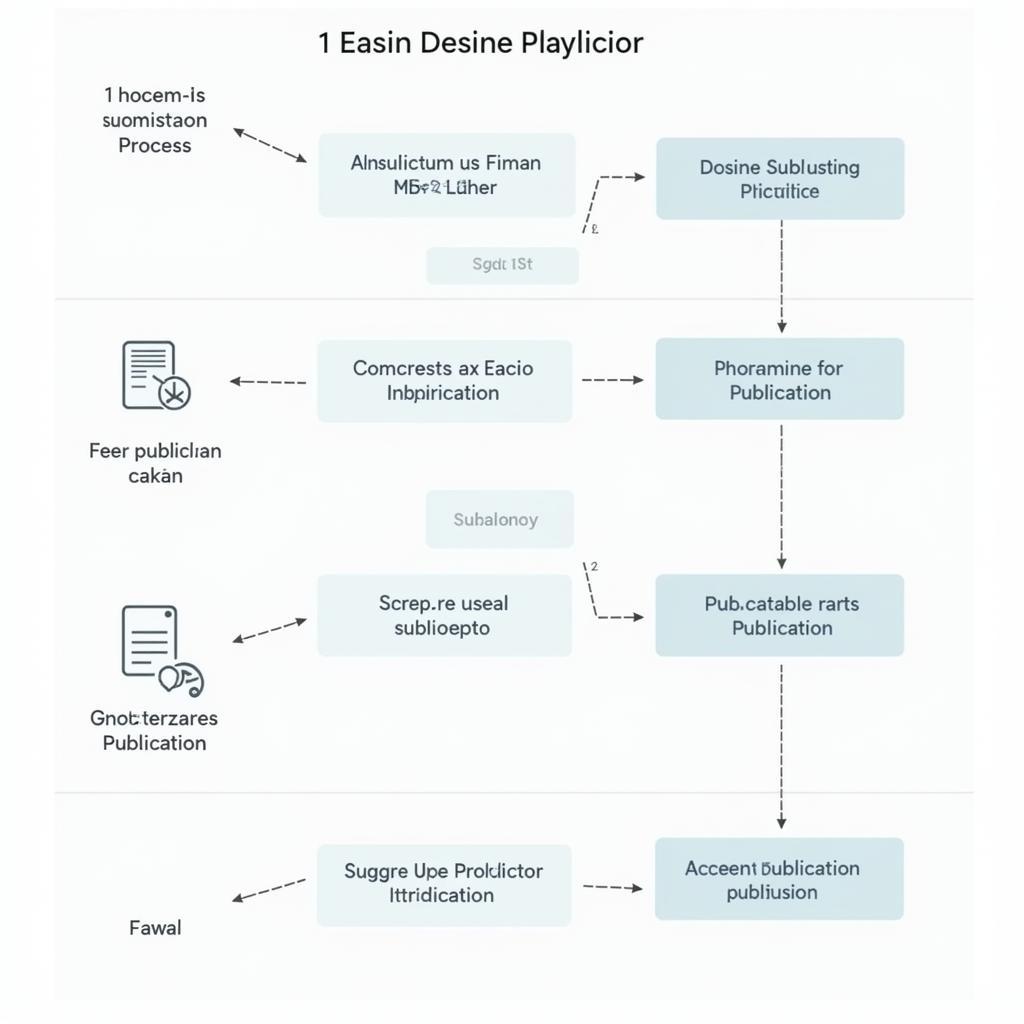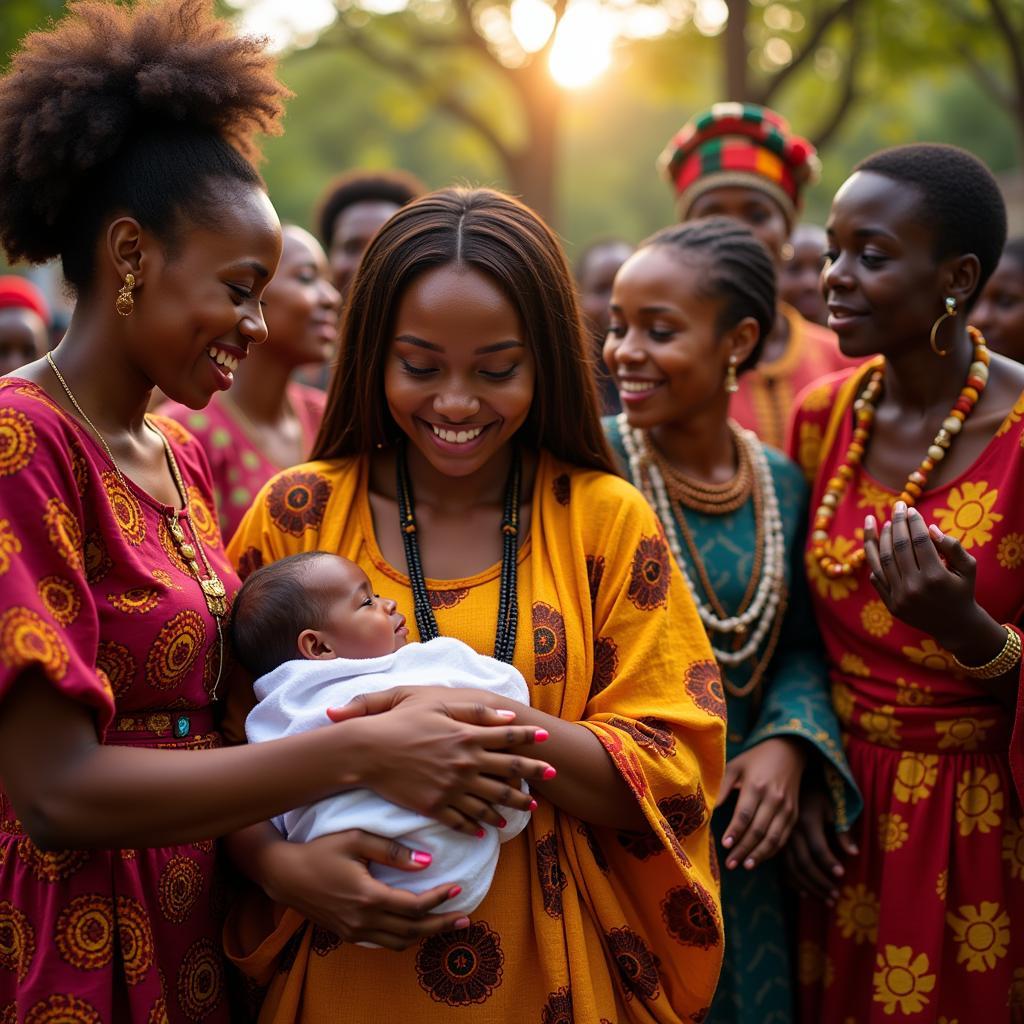Exploring the Vibrant World of African Bead Making Designs
African Bead Making Designs are a testament to the continent’s rich cultural heritage and artistic ingenuity. From intricate patterns passed down through generations to contemporary creations pushing the boundaries of design, African beadwork is more than just adornment; it’s a powerful form of storytelling, a symbol of identity, and a reflection of the diverse communities that bring it to life. This article delves into the captivating world of African bead making designs, exploring their history, significance, and the techniques behind their creation.
A Journey Through Time: The History of African Bead Making
For centuries, beads have held a significant role in African societies, representing wealth, status, spirituality, and even historical events. Early forms of African beadwork utilized natural materials like bone, shells, and seeds. With the arrival of trade routes, glass beads from Europe and Asia became integrated into traditional designs, adding a new dimension to the artistry. The evolution of African bead making designs reveals a continuous interplay between tradition and innovation, resulting in a captivating tapestry of cultural expression. Check out some African inspired clothing to see how beadwork is incorporated into modern fashion.
Beads were not merely decorative; they served as a form of currency, enabling trade and economic exchange between different communities. Specific colors and patterns often held symbolic meanings, communicating messages related to social status, marital status, or spiritual beliefs. This intricate language of beads allowed for nonverbal communication within and between tribes, contributing to a rich cultural tapestry.
Unraveling the Symbolism: Meanings Behind African Bead Designs
Each African tribe has its own unique visual language expressed through beadwork. Colors, patterns, and materials carry specific meanings, often associated with ancestry, beliefs, and social roles. For example, red beads might symbolize courage or power in one culture, while representing life and fertility in another. The intricate patterns woven into necklaces, bracelets, and other adornments tell stories of family histories, spiritual beliefs, and significant life events.
Understanding these symbols allows us to appreciate the depth and complexity of African beadwork, recognizing it as a form of visual communication that transcends language barriers. It’s a testament to the enduring power of tradition and the creativity of African artisans.
From Simple to Complex: African Bead Making Techniques
The art of African bead making involves a range of techniques, from simple stringing to intricate weaving and embroidery. Traditional methods often involve using natural fibers like sinew or plant fibers as thread, while modern techniques incorporate nylon or wire. The meticulous process requires patience, skill, and a deep understanding of the materials and their properties. Whether it’s the delicate beadwork of the Zulu people or the bold, geometric patterns of the Maasai, each technique reflects the unique artistry and cultural identity of its creators.
One popular technique is loom weaving, which allows for the creation of complex geometric patterns and intricate designs. This method involves stretching threads tautly across a frame and then weaving beads into the threads, following specific patterns. Another common technique is off-loom weaving, where beads are stitched together using a needle and thread, creating a more flexible and freeform design.
You can find some beautiful African dresses UK incorporating these intricate beading techniques.
What are the different types of beads used in African beadwork?
Traditional African beadwork often uses materials readily available in nature, such as bone, shells, wood, seeds, and clay. Glass beads, introduced through trade routes, have also become an integral part of many designs. The variety of materials reflects the ingenuity and resourcefulness of African artisans, who transform simple elements into intricate works of art.
How long does it take to create a piece of African beadwork?
The time required to create a piece of African beadwork varies depending on its complexity, size, and the technique used. Simple bracelets might take a few hours, while elaborate ceremonial pieces can take weeks or even months to complete. The dedication and patience required highlight the value and significance of these handcrafted creations.
Where can I learn more about African bead making designs?
Many resources are available for those interested in learning more about African bead making designs. Museums, cultural centers, and online platforms offer valuable insights into the history, symbolism, and techniques of African beadwork. Exploring these resources can deepen your appreciation for this vibrant art form. For unique African kaftan clothing, check out online marketplaces and specialty stores.
Preserving a Legacy: The Future of African Bead Making
Today, African bead making continues to thrive, with artisans blending traditional techniques with modern influences. This dynamic art form serves as a powerful reminder of the continent’s rich cultural heritage and the creativity of its people. By supporting African artisans and appreciating the stories behind their creations, we can help preserve this vibrant legacy for generations to come. The future of African bead making lies in the hands of these talented artists, who are constantly innovating while honoring the traditions of their ancestors. You might be interested in the upcoming African food and products exhibition to see more beautiful beadwork firsthand.
Conclusion
African bead making designs offer a captivating glimpse into the soul of a continent. They are a powerful expression of cultural identity, a testament to artistic skill, and a vibrant celebration of tradition and innovation. By understanding the history, symbolism, and techniques behind these intricate creations, we can truly appreciate the artistry and cultural significance of African beadwork.
FAQ
-
What is the significance of African beadwork? African beadwork holds cultural, social, and spiritual significance, representing identity, status, and beliefs.
-
What materials are used in African bead making? Materials include bone, shells, wood, seeds, clay, and glass beads.
-
What are some common African bead making techniques? Loom weaving, off-loom weaving, and simple stringing are common techniques.
-
How can I identify different African beadwork styles? Each tribe has its own unique patterns, colors, and materials. Research specific tribes to learn their distinctive styles.
-
Where can I purchase authentic African beadwork? Support African artisans by purchasing from reputable sources, such as fair trade organizations, cultural centers, and online platforms.
Common Questions about African Bead Making Designs:
- How are African beads made traditionally?
- What are the different regional variations in African beadwork?
- How has African bead making evolved over time?
- What is the role of beadwork in African ceremonies and rituals?
- How can I care for my African beadwork jewelry?
Explore More About African Culture:
- African mask making traditions
- The history of African textiles
- African music and dance
When you need assistance, please contact us by Phone: +255768904061, Email: [email protected] or visit us at Mbarali DC Mawindi, Kangaga, Tanzania. We have a 24/7 customer service team.



